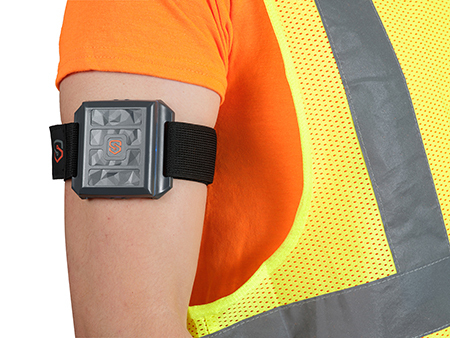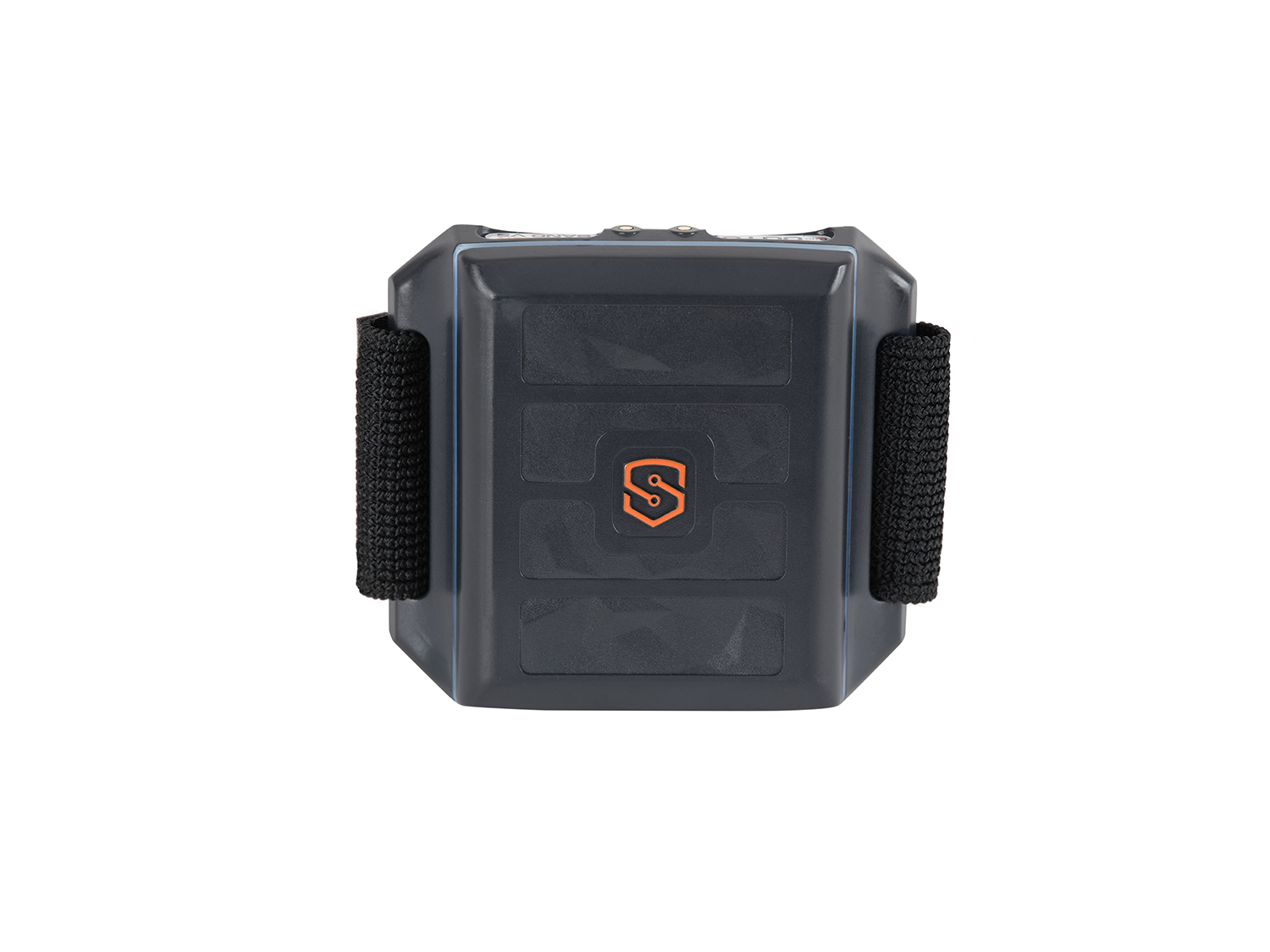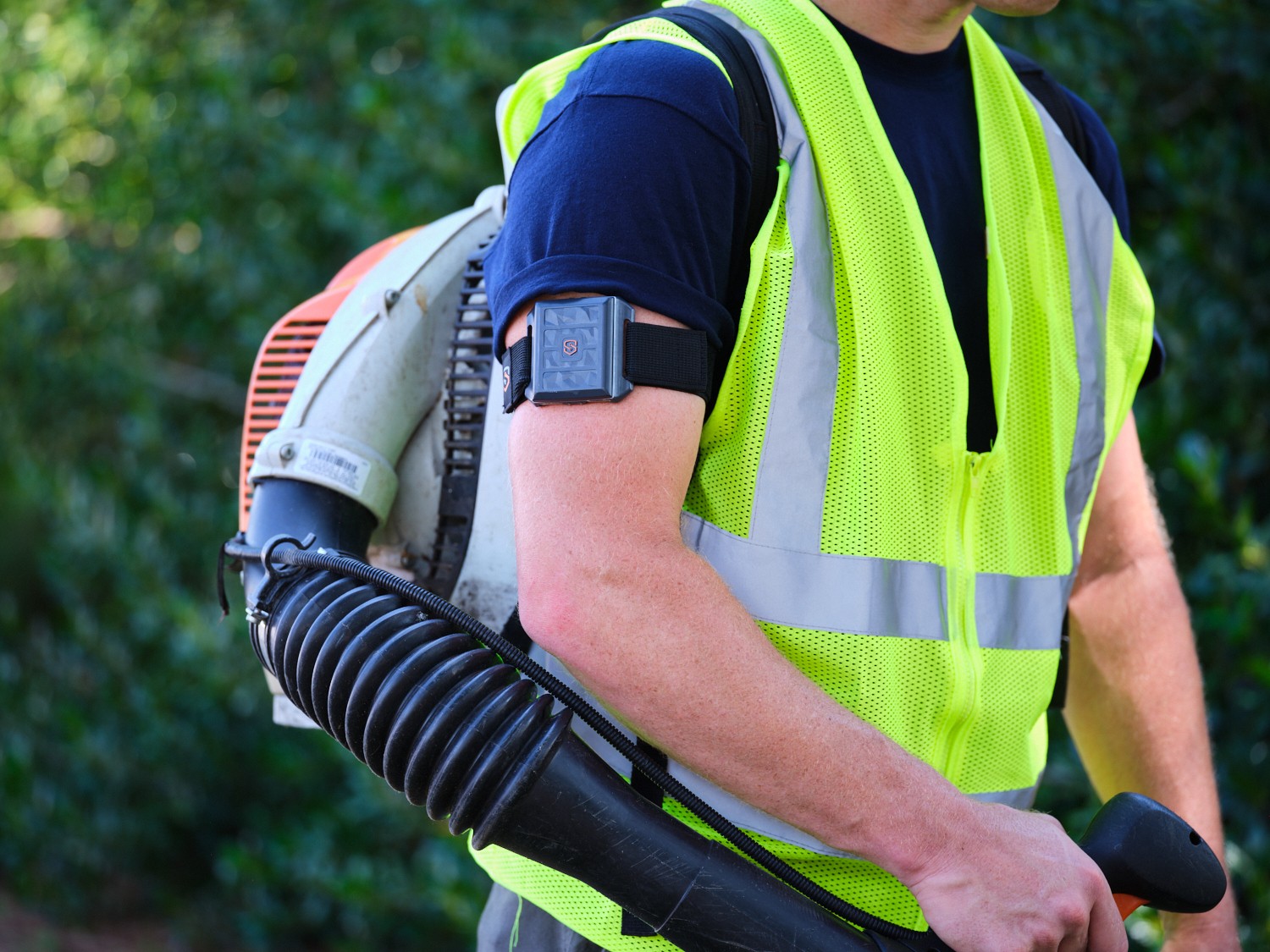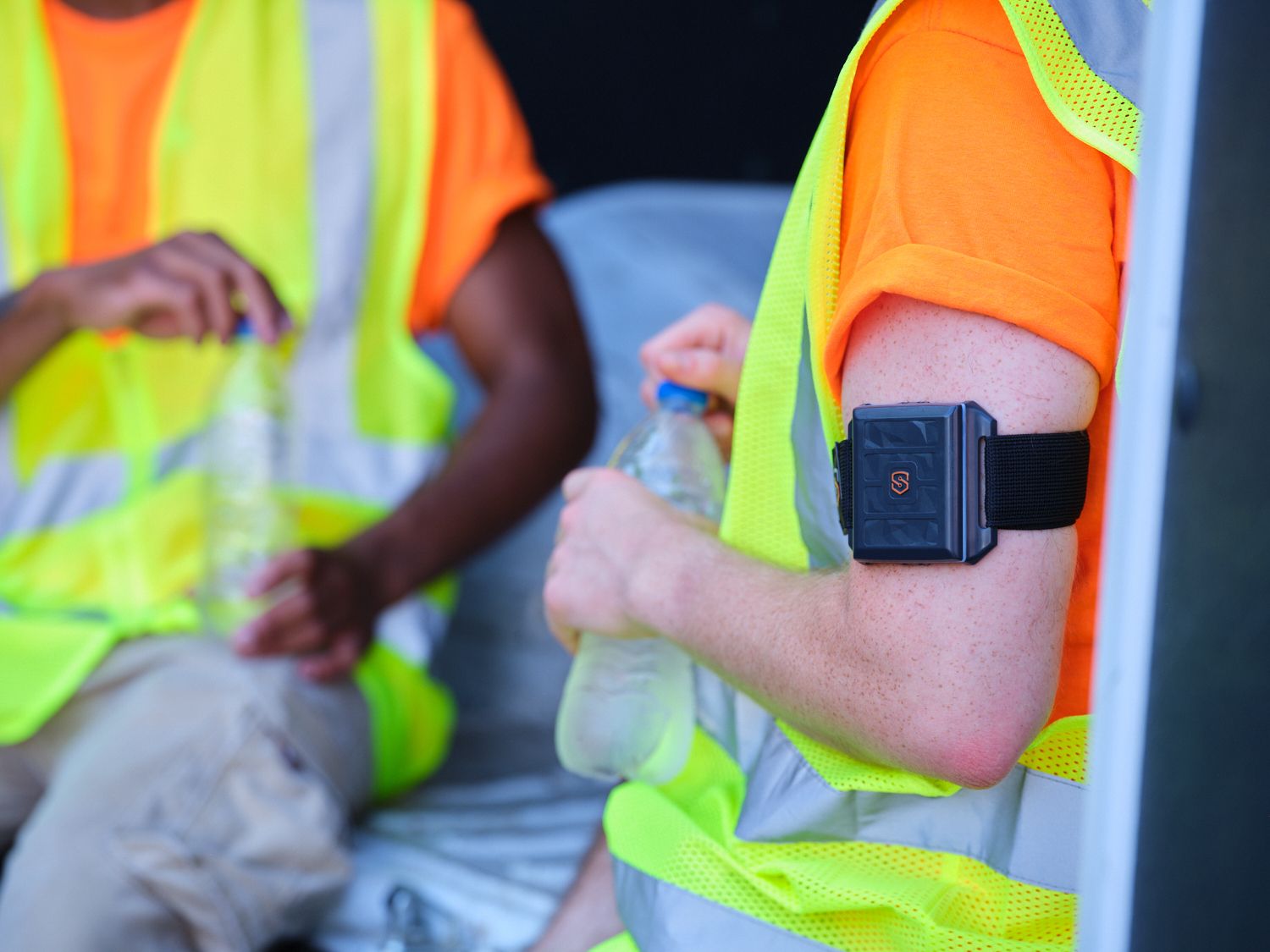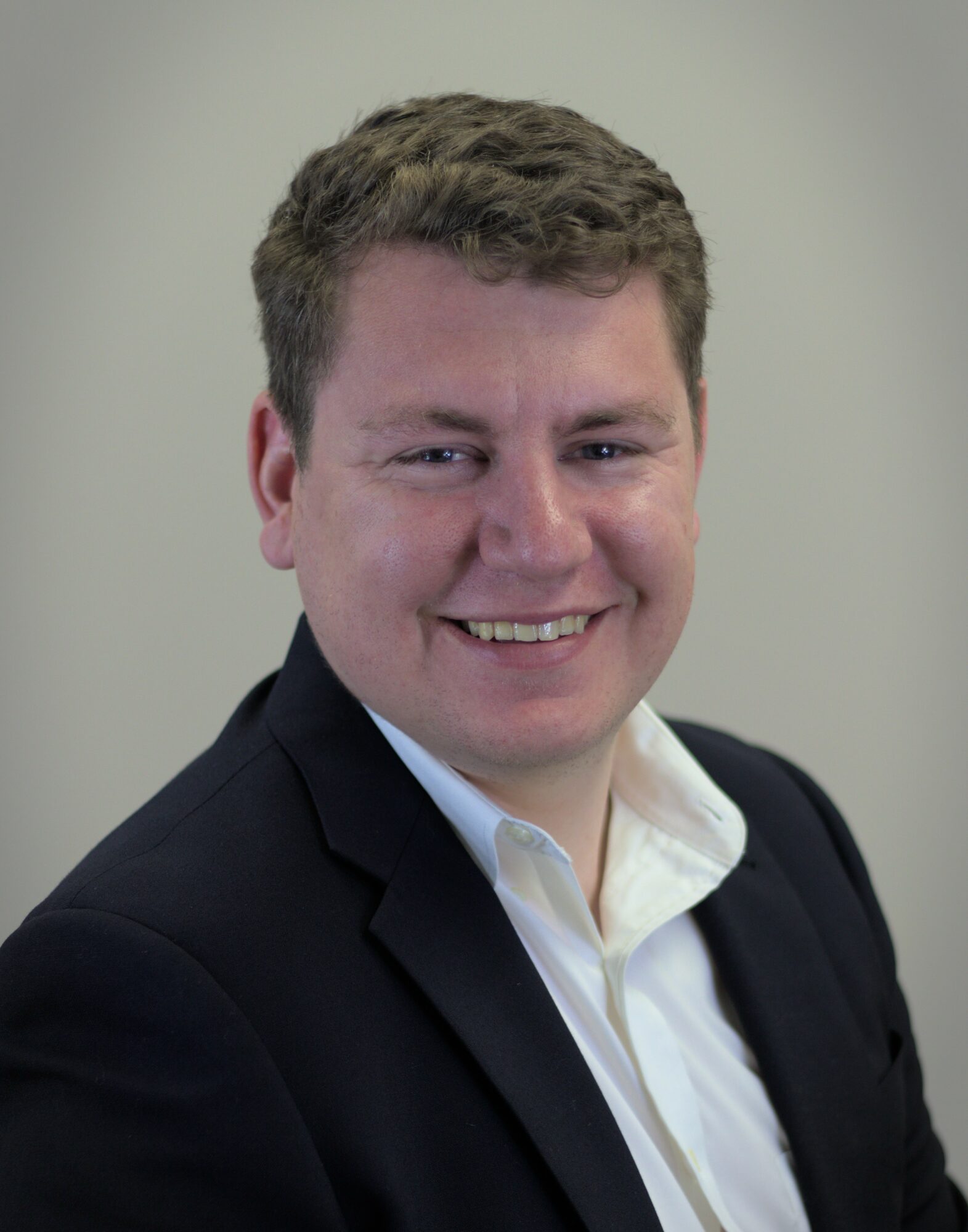

Today we’d like to introduce you to Zack Braun.
Hi Zack, so excited to have you on the platform. So before we get into questions about your work-life, maybe you can bring our readers up to speed on your story and how you got to where you are today?
I originally started SlateSafety (then FireHUD) as a student at Georgia Tech in the Create-X program. I started it with two freshman-year dormmates, Tyler and Joe. Before starting SlateSafety, none of us ever thought that we would turn down offers at Apple or Texas Instruments to work on a startup.
In Idea-2-Prototype, a Georgia Tech startup class, we spent the summer building prototype after prototype of a wearable sensor to help protect first responders — to hopefully prevent them from overheating.
We received great feedback in Idea-2-Prototype, and after the class ended, we went on to win first place at the Georgia Tech InVenture Prize and People’s Choice Award at the ACC InVenture Prize. Winning at these competitions provided us a small amount of funding and a patent filing to continue building prototypes during school. Though that money was incredible to us as students, we were nearing graduation and starting to think about getting full-time jobs.
Luckily, the morning of graduation, we won a National Science Foundation grant, which allowed us to keep going, move out of Tyler’s garage into an actual office, and iterate on our wearable device.
Soon, we began to make a real impact and get more buy-in from actual paying customers. The US Air Force became one of our largest. They gave us a contract to deploy our solution to prevent heat stress injuries for students doing advanced training. It was a simple concept: we can equip each student with a wearable sensor and estimate whenever their core body temperature gets too high. One base in particular had been having over 30 serious heat injuries per year, and even that number was increasing each year. These heat injuries, like heat stroke, are very serious and can potentially cause permanent organ damage. Now, 4 years later, we have helped protect more than 5,000 students, and the base has recorded zero heat incidents since we installed our system.
This was a massive success for us as our first real customer. We have been able to leverage this case study with the Air Force to scale our system to more military bases and large industrial companies. Now, we are deployed across construction, nuclear power, environmental remediation, steel industries and more. Basically, whenever a worker is putting on lots of equipment to protect themselves, this equipment can also cause them to overheat. Before SlateSafety, there was no easy way for a safety supervisor to know who was at risk. In the past year alone, we were able to help protect over 7,000 workers across the globe, and in real-time alerted on over 50,000 safety events.
One example of our impact in action was at a steel plant where a supervisor received an alert that one of their workers was overheating. The supervisor found the worker near the furnace disoriented and stumbling around. Because of an alert from SlateSafety, the supervisor was able to bring the worker to the nurses’ station, where he was able to get rehydrated and was able to go home that same day. They said “without the alerting system in place, the worker would have likely passed out near the furnace and they wouldn’t have known until someone happened to walk by.”
Overall, our goal is to continue to scale our system across industries and rugged occupations that need access to modern safety technology and equipment.
We all face challenges, but looking back would you describe it as a relatively smooth road?
It has been a smooth road, but with some sharp turns. The team and I have spent time developing our technology and commercializing our product. One of the biggest challenges was going from a company exclusively focused on first responders to creating a product that fits many customers’ needs, such as first responders, military, and industrial safety. Luckily, we have had a ton of direct customer feedback, which we are able to imbue throughout the company’s pivots. We even rebranded the company name from FireHUD to SlateSafety. FireHUD limited our brand to one product, while SlateSafety was created to communicate the rugged nature of our products and the versatility they have for worker protection in a variety of industries. Nowadays, worldwide, first responders, industrial workers, and the military trust SlateSafety to deliver rugged, modern, easy-to-use solutions to prevent injuries from heat stress, overexertion, and lone worker monitoring.
Great, so let’s talk business. Can you tell our readers more about what you do and what you think sets you apart from others?
SlateSafety builds connected safety wearables and monitoring systems that protect industrial and military workers from heat stress, overexertion, and other physiological risks. Our flagship product, the BAND V2, provides real-time physiological monitoring, fall detection, and location tracking, all connected through the cellular network for instant alerts to supervisors.
We’re known for delivering rugged, easy-to-deploy technology that brings real-time visibility to worker health and safety, helping companies prevent incidents before they happen. What sets us apart is our combination of physiological monitoring, connectivity, and simplicity: no phones, no complicated setup, just reliable protection in the toughest environments.
We’re proud to help organizations like US Steel, Bechtel, the US Air Force, and major utilities keep their people safe.
Any advice for finding a mentor or networking in general?
Start with people you already know or have worked with in the past. For us, the majority of the help came from the Georgia Tech community. Additionally, this tip on giving back is particularly important: try to put in more than you take out (like a bank account). I try as much as I can to be open to upcoming students who are going through the startup experience and have questions about what it’s like or specific challenges.
We are thankful to the Georgia Tech ECE community, the College of Engineering, and the campus startup community, specifically Create-X. They made it possible for us to found a company as students. At GT, Dr. Beyah, Dr. McLaughlin, Siva, and Rahul have all been great advisors.
Contact Info:
- Website: https://www.slatesafety.com
- Facebook: https://www.facebook.com/SlateSafety
- LinkedIn: https://www.linkedin.com/company/slatesafety
- Twitter: https://x.com/SlateSafety
- Youtube: https://www.youtube.com/channel/UC6KyvgUuNCDCYO5_pAO34ZA
